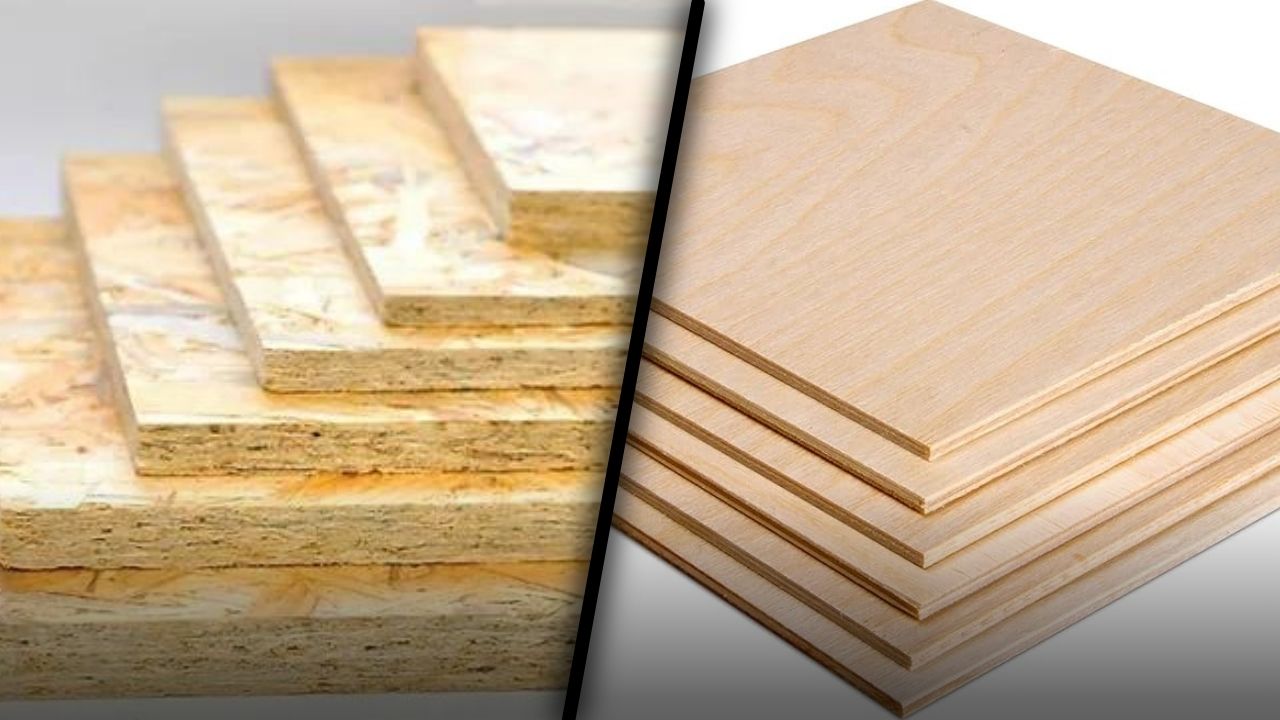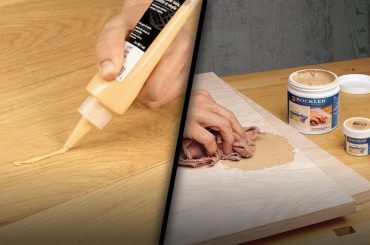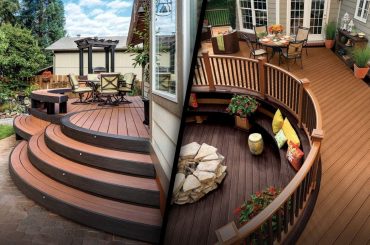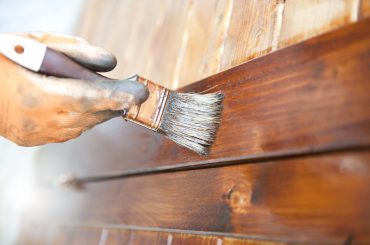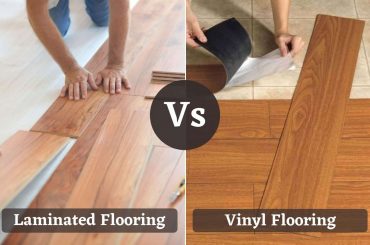OSB vs Plywood: What’s the Difference?
If you are unsure about whether to use OSB vs Plywood for packaging or industrial purposes, understanding the differences between the two will help you make the right decision. The strengths and weaknesses of both types of materials are determined largely by how they are manufactured, despite the fact that they are both very similar.
The manufacturing process for both plywood and oriented strand board is pretty much the same: they’re both based on gluing and compressing wood.
How is OSB Made?
The wood chips or strands in OSB are rectangular in shape and arranged in cross-oriented layers. A panel is created by gluing together all the pieces using heat-cured adhesives. It is very common to manufacture wood chips with both hardwoods and softwoods. There are few gaps or voids in OSB panels, which are manufactured in large, continuous sheets with a fairly consistent quality.
This engineered wood panel can be used for a variety of applications once it is finished. Protective packaging products often contain OSB, but it is also used as pallet decking, engineered packaging components, and in crate products.
OSB Pros and Cons
The University of Massachusetts published an article describing OSB as one of the newest kids on the block. In 1963, wood fibers were randomly aligned in Hudson Bay, Saskatchewan, to develop waferboard, the precursor to OSB. A variety of aspen trees were used to make what was commonly known as chipboard at the time. A structurally superior material called oriented strand board did not emerge until 1991, replacing waferboard or chipboard.
There are a number of reasons why OSB is favored by many protective packaging users:
- It is possible to manufacture OSB panels in a larger size than plywood.
- The cost of OSB is generally lower than that of plywood.
- More uniformity, fewer voids, and fewer gaps are found in OSB.
- Since OSB is made from scrap wood and smaller trees instead of old growth trees, it is considered an environmentally friendly product.
- There is no delamination in OSB, unlike plywood. Generally caused by excessive heat or humidity, plywood layers delaminate when they separate.
- It is heavier than plywood to use OSB.
- There is no comparison between OSB and plywood when it comes to the strength of screws, nails, and fasteners.
- Generally speaking, OSB remains swollen in some degree after being exposed to moisture.
- The off-gassing of formaldehyde by OSB and plywood is similar, but OSB emits more than plywood.
How is Plywood Made?
The plywood construction consists of layers of very thin wood that are cross-laminated and glued together. The layers in plywood are perpendicular to each other, and each one is called a ply. In some plywood sheets, the outer layer is a hardwood veneer, whereas the inner layer is a softwood, such as southern yellow pine (SYP). Finally, veneer is made by peeling layers from a log, so it has a smoother appearance than OSB and is less rough overall.
Plywood Pros and Cons
In 1905, the Portland Manufacturing company manufactured the first structural plywood, according to a University of Massachusetts article. The blood and soybean glue used to bond plywood until the mid-1930s wasn’t water-proof. Plywood manufacturers were able to reduce delamination after the development of waterproof synthetic resins during World War II, but SYP was only used in plywood in the late 1960s due to advances in adhesion technology.
- It is lighter than OSB to use plywood.
- When it comes to nailed, screwed, and fastened materials, plywood is likely to hold nails, screws, and fasteners better than OSB.
- When plywood is exposed to moisture, it swells less than OSB. It is also important to note that swollen plywood returns to its nominal thickness when it dries.
- There are fewer harmful gases released by plywood than by OSB.
- OSB is more expensive than plywood.
- OSB sheets are larger than plywood sheets.
- There can be gaps between plys in plywood sometimes.
- It is less environmentally friendly because plywood uses wood veneer sheets.
- In humid or extremely hot environments, plywood can delaminate or separate.
OSB vs Plywood – Which Is Better?
The following discussion focuses mainly on the differences between OSB and plywood when it comes to protective packaging and other industrial applications. There are probably many other considerations when choosing OSB over plywood for construction projects or residential housing. Manufacturers will generally choose OSB vs plywood depending on the factors that most affect their business.
Depending on your particular application, you will need to decide which is better.
The primary motivation for manufacturers is cost, but they must also take into account the design of their packaging, including how many panels they need and its weight. The panel product should also be evaluated based on how it will be used, and whether it will have packaging facing consumers. Finally, some manufacturers are looking for ways to conserve the environment. The obvious choice would be OSB in this case.
You will ultimately need to ask your packaging designer what they recommend in regards to OSB vs Plywood. It will also be taken into account how much your packaging will cost. They will let you know which packaging is best for your particular application.

